Optical simulation design analysis software TracePro, highly collaborative with optical and structural engineers
TracePro is an optical simulation design analysis software developed by Lambda Research. It is the world's first optical software with ACIS core. After 25 years of continuous development, it has become a world-renowned optical software and has won numerous software design awards.
It has a high degree of accuracy, a simple operating interface and a short learning curve. Its applications cover many areas of the optical industry today.
Build an effective platform with CAD software
Optical system design, tolerance analysis and accuracy requirements require a high degree of synergy between optical engineers and structural engineers. Design teams face shorter and shorter development cycles and lower R&D budgets.
In order to effectively manage the coordination and cooperation process, TracePro is not only convenient for optical engineers, but also for engineers in other departments throughout the design process.
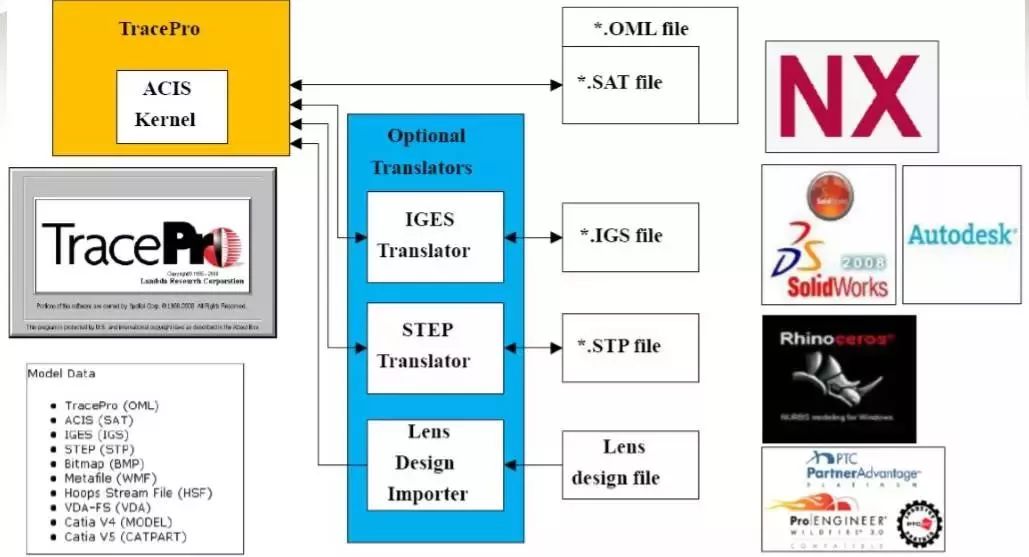
Image from: Dr. Zhang Zhihong
TracePro's sharing of files is two-way. A complex structure system model can be directly read into TracePro for optical analysis by drawing different CAD software such as Pro-E, Solidworks, UG, Catia, etc. The model after reading is solid, not only face and line. To ensure the integrity of the CAD model.
TracePro Rayviz For SolidWorks
As an extension to SolidWorks, RayViz not only defines and saves model optical properties directly in the SolidWorks work environment, but also provides direct ray tracing in the CAD work environment.
Linking TracePro and Solidworks through RayViz, a model for optical calculations and analysis in TracePro, or mechanical design and application of optical properties in Solidworks.
RayViz adds ray tracing to Soldiworks for initial model validation, ray tracing, and optical path analysis. The plug-in interface is simple, easy to learn and use, and the lighting structure engineer is also convenient and quick to master, which can significantly shorten the product design cycle by 20-50% and improve product quality.
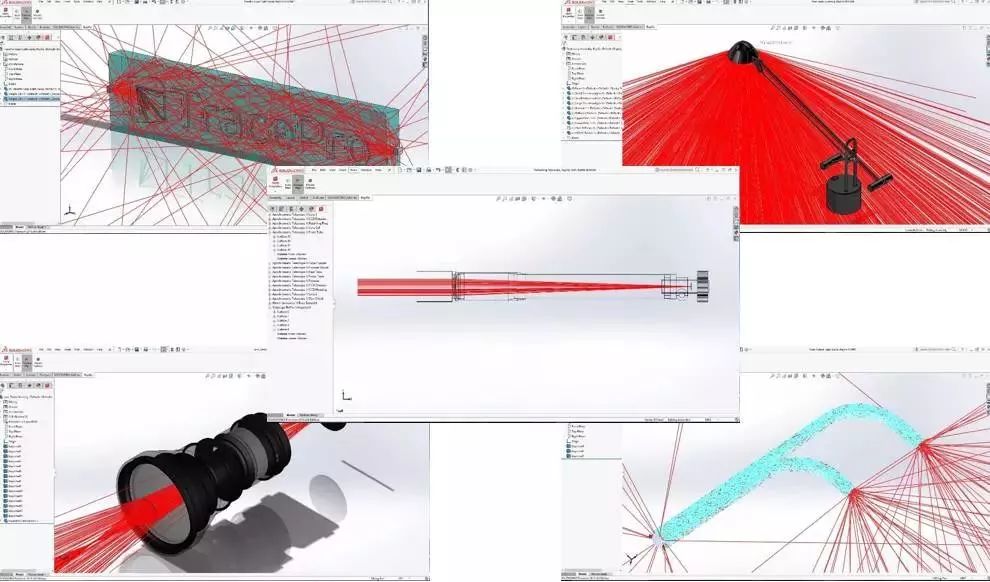
TracePro Surface Light Source Generator
The TracePro Surface Light Generator tool helps users quickly and accurately create surface light source characteristics, using the tool to read the field angle and spectral distribution in the manufacturer's specifications. This method is extremely useful for the construction of LED light sources.
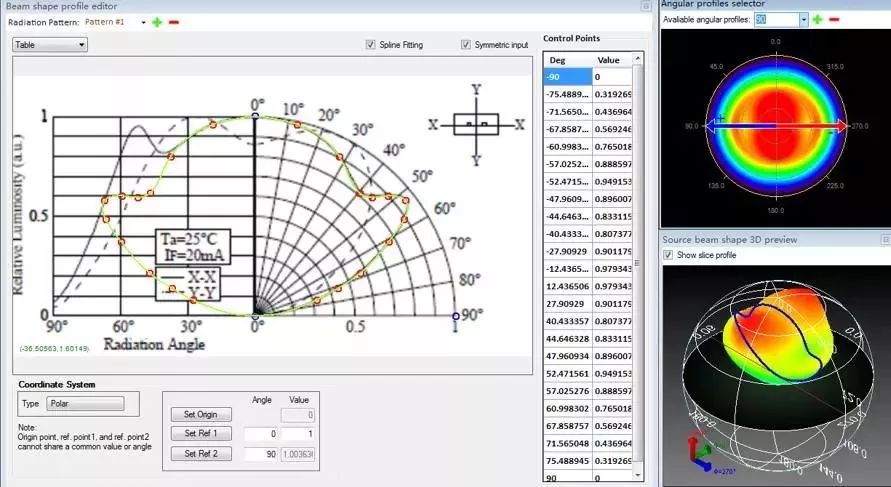
Surface Property Generator - Accuracy of Lifting Scattering Data Simulation
In optical design, the surface characteristics of an object is a very important link. The accuracy of its definition directly affects the cost and cycle of product development.
TracePro's Surface Property Generator, released in the latest version 7.8.2, can visually describe the form of light reflected, transmitted, absorbed, and scattered on a surface.
With this utility, the user can define the scale and scatter patterns for each part, and with the existing measurement conditions, TracePro supports the import and fit of 13 different devices or related software data.
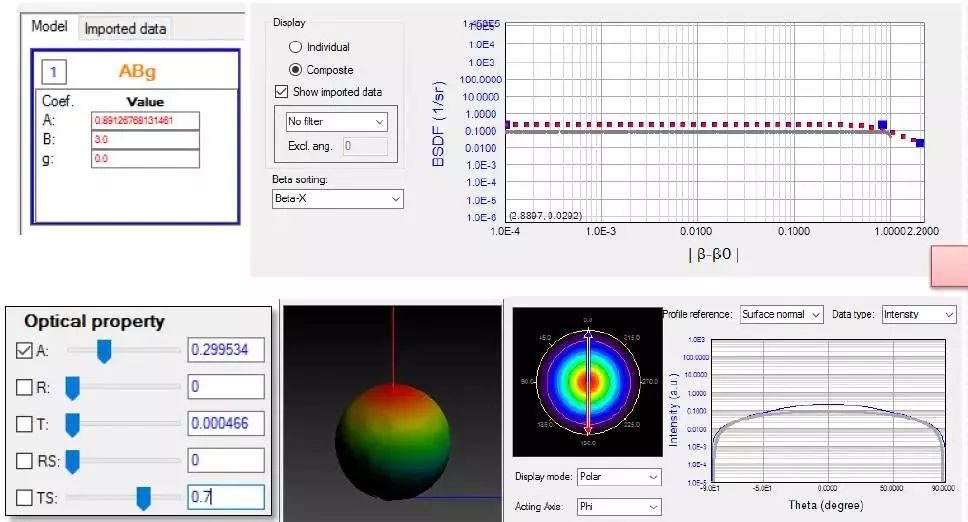
Unparalleled analysis capabilities
In addition to providing the most basic illuminance/3D illuminance maps, light intensity maps, brightness maps, and ray screening and path screening tools, TracePro provides the lighting design.
The list of incident light, the history of light history, and the Luminous Flux report give you a glimpse of the absorption, reflection, refraction, scattering, and loss of light anywhere in the system. The analysis results provided by TracePro give you a deeper understanding of the spread of light.
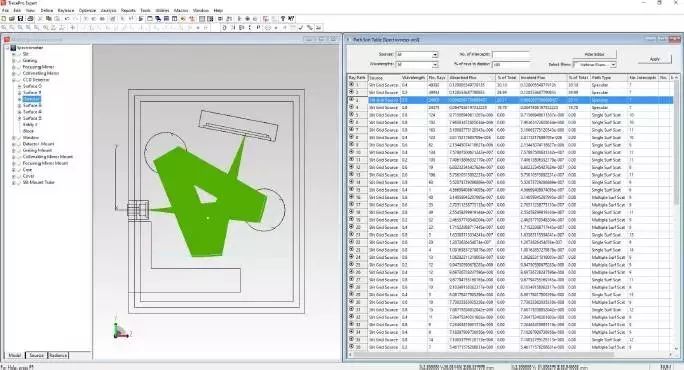
Achieve compliant lens and reflector design
Different lighting systems are designed with different requirements, such as spatial angular distribution of light, uniformity, strength, and other aesthetic factors. In order to meet the various design requirements, we must also consider the feasibility of the manufacturing process and the effective control of the cost, which requires an efficient, easy to use and accurate software to simulate the analysis.
TracePro, as an optical simulation design analysis software, has established a consensus in the scientific community that allows engineers to confidently simulate, analyze, and design products that meet aesthetic requirements and optical standards through TracePro without having to re-open the mold. Experiments, which significantly reduce design and development costs, and effectively shorten the product development cycle.
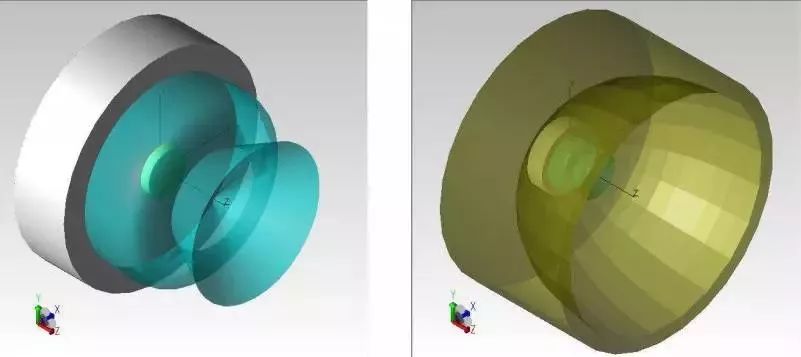
In order to meet the lighting design requirements and industry standards, it is often necessary to design and optimize the lens, reflector and light source to instantly analyze the illumination and light distribution curves in the lighting system.
The interactive optimization tool allows you to trace the direction of a part of the light with the predictive design. Optimize the design by setting system variables, boundary conditions, and even one or more optimization functions through a dedicated menu.
The interactive optimization tool can significantly speed up the design process and avoid wasting time on the creation of invalid models. It allows you to achieve the light flux you need, such as minimum to maximum, with a good initial design and multiple objective functions. Illumination, uniformity, light distribution curve and other special requirements.
In addition, all these optimized processes will be saved, providing users with detailed analysis parameters and optimization trends, which will facilitate the design optimization of future products.
Dot Optimizer II - Easily handle microarchitecture challenges
In the design of optical products, it is often applied to the modeling and optimization of microstructures, such as the use of fly-eye lenses, the simulation of scale reflectors, and the dot setting of backlight systems.
Trace Optimizer II from TracePro not only helps you achieve rapid setup of microstructures, but also optimizes microstructures based on optimization goals. The tool fully satisfies the shape of the user-defined dot, the area used, and other changes, enabling the user to optimize the system according to actual needs.
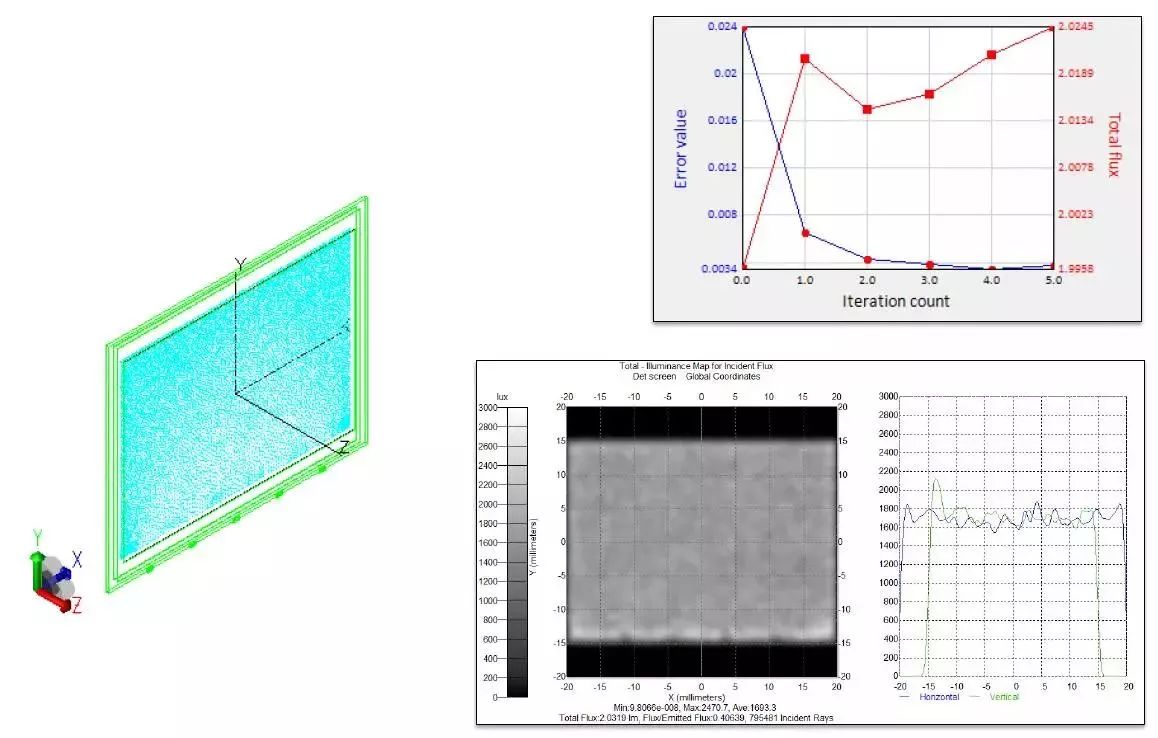
Fluorescence characteristic simulation tool
Simulated white LED The fluorescence mechanism can be achieved by inputting the absorption curve, the radiation curve, the molar extinction coefficient, the quantum efficiency, and the molar concentration. TracePro estimates the stimulated radiation efficiency, light path, absorption and light transmission of the optical system. It also analyzes the distribution of light and the effects of fluorescence at any location in the system.
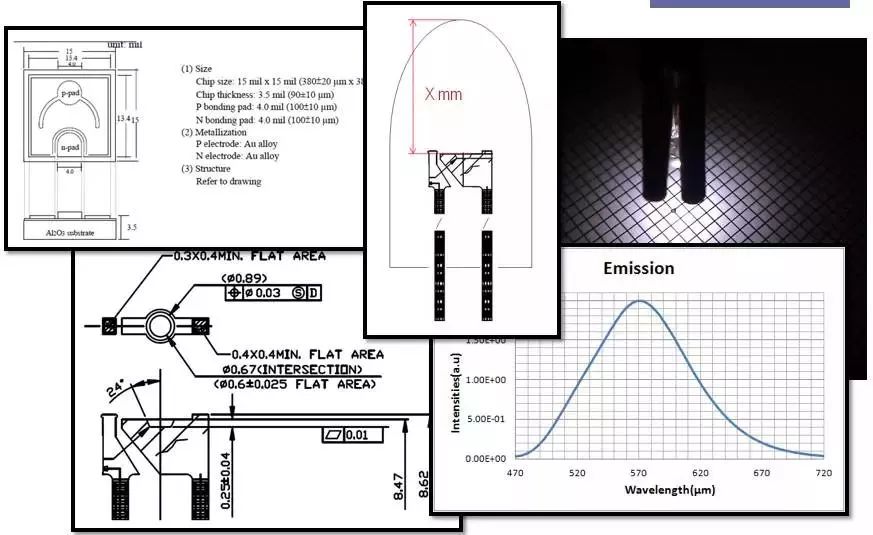
Bitcoin mining machines are one way to obtain bitcoins. Bitcoin is an online virtual currency created by open-source peer-to-peer software. Instead of being issued by a specific currency institution, and produced by the massive computation of a specific algorithm, the Bitcoin economy uses a distributed database of nodes throughout the P2P network to identify and record all transactions. The decentralized nature and algorithm of P2P can ensure that it is impossible to artificially manipulate the value of bitcoin by producing a large number of coins.
Any computer can become a mining machine, but the returns will be low, and it may not mine a single bitcoin in a decade. Many companies have developed specialized Bitcoin mining machines with special mining chips that are tens or hundreds of times faster than normal computers.
Currency system by the user (the user through the key control wallet), trade (trade will be broadcast to the whole currency network) and miners (generated by competition calculation agreed on each node of the chain block, block chain is a distributed public authority books, contains the currency network of all the transactions happened)
Bitcoin miners manage the Bitcoin network by solving the problem of proof-of-work mechanisms with a certain amount of work -- confirming transactions and preventing double payments. Because hashing is irreversible, finding the number of random adjustments required to match is difficult, requiring a trial-and-error process that can predict the total number of times. This is where the proof-of-work mechanism comes into play. When a node finds a solution that matches the requirement, it can broadcast its result to the whole network. Other nodes can then receive the newly solved data block and check whether it matches the rule. If the other nodes calculate the hash value and find that the requirement (the operation goal required by Bitcoin) is satisfied, then the data block is valid and the other nodes accept the data block.
Bitcoin Mining Machine:S19 Pro Hyd Asic Miner,S19 Pro Hyd Antminer Bitmain,S19 Hyd Bitmain Antminer,s19j pro antminer bitmain,whatsminer m50s,etc.
Bitcoin Mining Machine,Antminer S19j Pro,bitcoin Miner,btc mining machine,S19 Pro Hyd
Shenzhen YLHM Technology Co., Ltd. , https://www.asicminer-ylhm.com